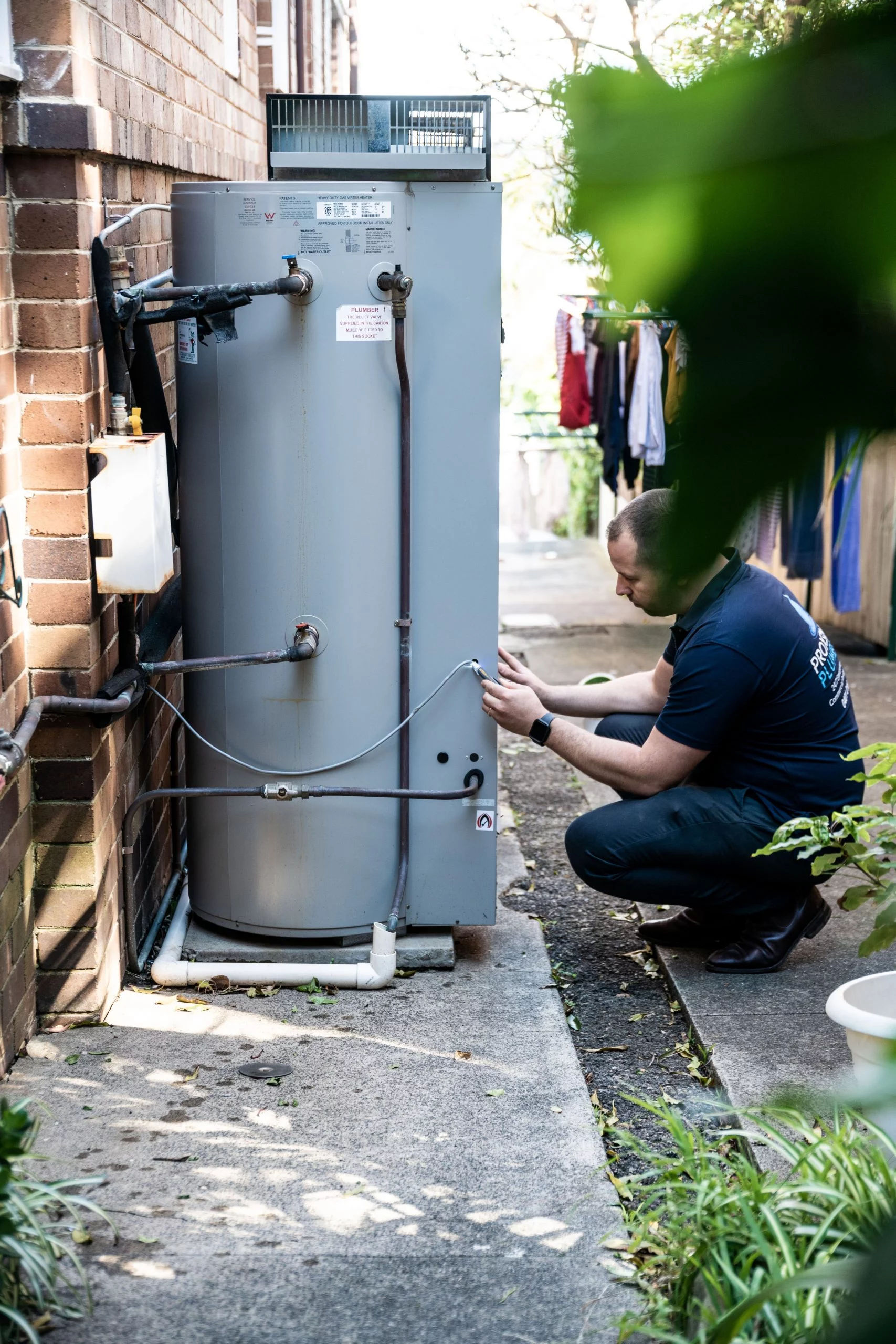How to Maintain Your Home's Hot Water System Properly
How to Maintain Your Home's Hot Water System Properly
Blog Article
What are your thoughts about What Kind of Maintenance Do Water Heaters Need??

Hot water is essential for daily convenience, whether it's for a refreshing shower or washing dishes. To ensure your warm water system runs effectively and lasts much longer, regular upkeep is key. This post provides useful pointers and insights on how to preserve your home's hot water system to avoid interruptions and pricey repairs.
Intro
Keeping your home's hot water system may seem difficult, yet with a few basic actions, you can ensure it operates smoothly for years to come. This overview covers every little thing from understanding your hot water system to DIY upkeep pointers and knowing when to employ professional aid.
Relevance of Maintaining Your Warm Water System
Routine maintenance not only expands the lifespan of your warm water system but likewise ensures it runs successfully. Neglecting maintenance can result in decreased effectiveness, higher energy bills, and even premature failure of the system.
Indications Your Hot Water System Requirements Upkeep
Knowing when your hot water system needs attention can prevent major issues. Look out for indications such as irregular water temperature level, odd sounds from the heating system, or corroded water.
Purging the Hot Water Heater
Flushing your water heater removes sediment build-up, boosting performance and lengthening its life.
Monitoring and Changing Anode Rods
Anode poles protect against deterioration inside the storage tank. Checking and changing them when worn is important.
Facility Concerns Needing Professional Help
Instances consist of significant leaks, electrical problems, or if your hot water heater is continually underperforming.
Regular Expert Maintenance Benefits
Specialist upkeep can consist of extensive evaluations, tune-ups, and guaranteeing compliance with safety and security requirements.
Checking and Changing Temperature Level Setups
Adjusting the temperature level setups guarantees optimal efficiency and safety and security.
Do It Yourself Tips for Maintenance
You can perform numerous maintenance jobs yourself to keep your warm water system in leading condition.
Looking for Leaks
Routinely evaluate pipelines and connections for leakages, as these can cause water damage and greater bills.
Recognizing Your Hot Water System
Before diving right into upkeep jobs, it's practical to understand the standard elements of your warm water system. Usually, this includes the hot water heater itself, pipes, anode poles, and temperature level controls.
Month-to-month Maintenance Tasks
Normal month-to-month checks can assist capture small concerns before they escalate.
Testing Stress Relief Valves
Examining the stress safety valve ensures it works correctly and stops excessive pressure build-up.
Insulating Pipelines
Insulating warm water pipelines decreases warm loss and can conserve energy.
When to Call a Specialist
While DIY upkeep is advantageous, some problems call for professional know-how.
Conclusion
Routine upkeep of your home's hot water system is necessary for performance, longevity, and expense financial savings. By adhering to these suggestions and recognizing when to seek professional assistance, you can make certain a dependable supply of warm water without unanticipated disruptions.
How to Maintain an Instant Hot Water Heater
Before tinkering with your hot water heater, make sure that it’s not powered on. You also have to turn off the main circuit breaker and shut off the main gas line to prevent accidents. Also turn off the water valves connected to your unit to prevent water from flowing into and out of the appliance. 2. When you’re done, you have to detach the purge valves’ caps. These look like the letter “T†and are situated on either side of the water valves. Doing so will release any pressure that has accumulated inside the valves while at the same time avoid hot water from shooting out and burning your skin. 3. When the purge valves’ caps are removed, you have to connect your hosing lines to the valves. Your unit should have come with three hoses but if it didn’t, you can purchase these things from any hardware or home repair shops. You can also get them from retail stores that sell water heating systems. Read the user’s manual and follow it to complete this task properly. When the hosing lines are connected, open the purge port’s valves. 4. You should never use harsh chemical cleaners or solutions when cleaning your unit. Make use of white vinegar instead. It should be undiluted and you’ll probably use about 2 gallons. 5. Now flush your water heater. This task should probably take about 40 minutes. We can’t give you specific directions for this because the procedure is carried out depending on the type, model and brand of your heater. With that being said, refer to the user’s manual. 6. When you’re done draining the unit, you have to turn off the purge port valves again. Remove the hosing lines that you earlier installed on each of the water valves. Put the valve caps (purge port) back in their respective places and be very careful so as not to damage the rubber discs that are found inside these caps. 7. Now that everything’s back in place, check your user’s manual again to find out how to reactivate your water heating system. 8. Once it is working, turn one of your hot water faucets on just to let air pass through the heater’s water supply pipes. Leave the tap on until water flows smoothly out of it. https://www.orrplumbing.com/blog/2014/september/how-to-maintain-an-instant-hot-water-heater/

I am very eager about What Kind of Maintenance Do Water Heaters Need? and I'm hoping you enjoyed reading my post. Enjoyed our blog entry? Please share it. Let someone else find it. I value reading our article about What Kind of Maintenance Do Water Heaters Need?.
Estimating Report this page